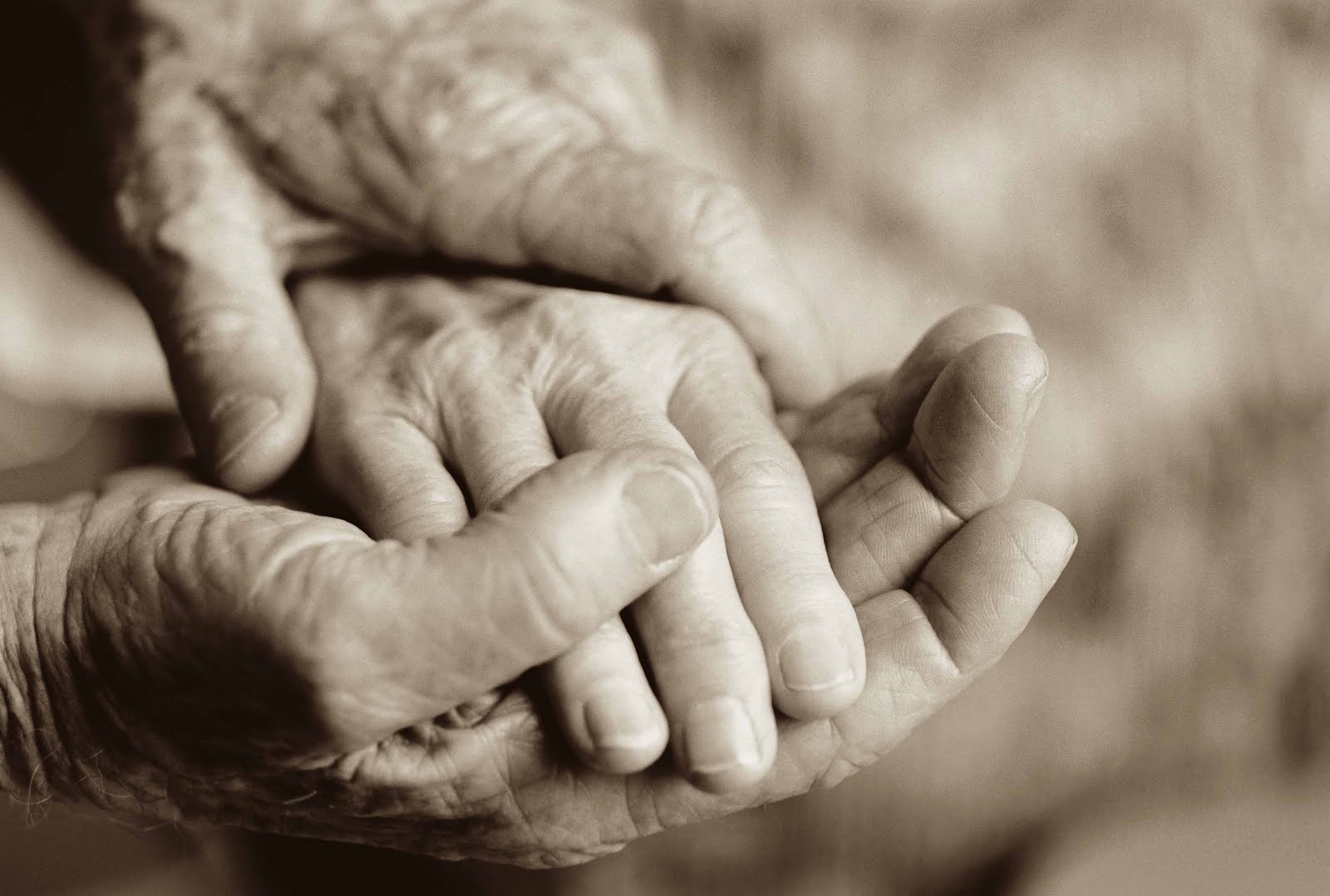Habib Neon
بِسۡمِ ٱللهِ ٱلرَّحۡمَـٰنِ ٱلرَّحِيمِ
Once upon a time, at a masjid in Surabaya, Indonesia, people gathered as usual after ‘isha’ for a majlis ta’lim. The masjid was full with thousands of jama’ah waiting eagerly to listen to a tawswiyyah, lecture. All of a sudden, the lights went off. Most of the crowd quickly rushed out of the masjid. There was a full Moon then so it was not too dark outside the masjid. As they were loitering outside, they saw a figure approaching them. Judging from the man’s dressing and his green turban, they recognised him as Habib Muhammad ibn Husayn al-‘Aydrus (q.s.).
Habib Muhammad (q.s.) then entered the masjid. The moment he stepped in, the crowd saw beams of light coming out from his body like a neon lamp. His entire physical body had lit up. The crowd was astounded because they had not seen Habib Muhammad (q.s.) carrying any torch or lamp. The masjid, which was earlier in complete darkness, became bright again with the light shining from him. Ever since that miraculous event Habib Muhammad (q.s.) was known as “Habib Neon”.
Born in Tarim, Yaman in 1898, Habib Neon (q.s.) was a respected and sought-after scholar not only in Surabaya but also in the neighbouring districts. Since he was a child, he had enjoyed close attention and training from his father, Habib Husayn ibn Zayn al-‘Abidin al-‘Aydrus (q.s.), who was a renowned ‘alim and ‘arif. Their family, al-‘Aydrus, are leaders of the people of taswawwuf. There are many al-‘Aydrus ‘ulama such as Habib ‘Abdullah ibn Abu Bakr al-‘Aydrus (q.s.) and Habib Husayn ibn Abu Bakr al-‘Aydrus (q.s.) amongst others.
Habib Neon (q.s.) was known for his exceptional strength in fasting. He considered keeping a full stomach and the habit of over-eating as indulging the nafs. For that reason, he developed a habit to fast for an extended period of time. He fasted for seven years and throughout the seven years, he only had seven dates for ifthar and another seven for swahur. At one time, during a year of fasting, he had only consumed about three and a half kilogrammes of wheat. This was a practice attributed to Imam Abu Hamid Muhammad ibn Muhammad al-Ghazali (q.s.). Habib Muhammad (q.s.) once said, “At the beginning of my journey, I had read a lot of Sufi books. I also liked to test my nafs by following the methods of training employed by the pious predecessors as recorded in their kutub.”
He is remembered for being tawadhu’, humble, always honouring his guests and never turned down an invitation, especially from the less fortunate. He was always very warm and hospitable towards his guests. People enjoyed meeting him as his face was always cheerful and radiant with nur. Every day between dhuha’ and zhuhr, he would receive guests who came from all over Indonesia and abroad to seek his advice. He welcomed them with open arms and his karamah was that he already knew what people’s intentions and problems were even before they had a chance to speak. He would spend the time between maghrib and ‘isha’ revising and on Friday nights, he would customarily read the Qaswidah al-Burdah with his jama’ah. He had deep respect for the ‘ulama and would spend months travelling great distance to visit them in places like Palembang, Pekalongan and Tuban. The inherent ma’arifah, gnosis, attributed to the al-‘Aydrus clan was evident in Habib Neon (q.s.). He spoke very little. He only uttered words of wisdom and dzikr, and always refrained from speaking unnecessarily. He was also known for his generosity, ever ready to contribute his wealth to the needy. Most of his life was spent propagating Islam. He passed away on 22nd June 1969 at the age of 71. His maqam in Pergirikan, Surabaya. is regularly visited by throngs of people especially during his hawl, on the last Thursday of Jamadi al-Awwal.




Comments
Post a Comment
Thank you for taking the time to share our thoughts. Once approved, your comments will be posted.